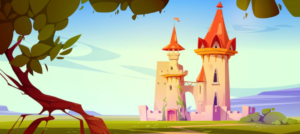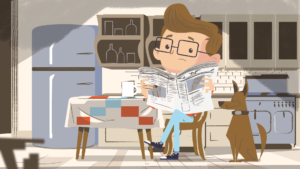2D Animation Pipeline – A Brief Guide
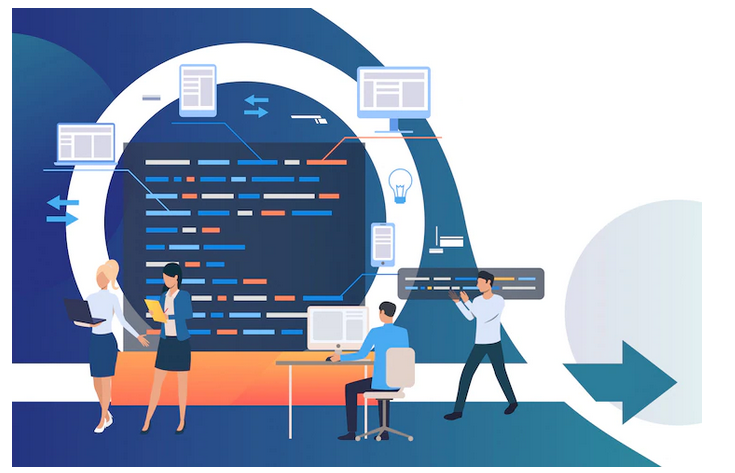
Table of Contents
2D animation is a popular medium for bringing stories, characters, and worlds to life. Whether it’s in film, television, video games, explainer videos or video advertising, 2D animation is used to create engaging and visually stunning content.
However, creating high-quality 2D animation is a complex process that requires a great deal of skill and attention to detail.
The animation pipeline is the series of steps that animators take to create a final animation. In this article, we will take a detailed look at the 2D animation pipeline and provide a complete guide for anyone looking to understand the process.
From storyboarding to rendering, we will go over each step of the pipeline, including the software used and the collaboration with other departments.
Get ready to dive deep into the world of 2D animation and learn how to create professional and engaging animations.
What Are The Parts Of The 2D Animation Production Pipeline?
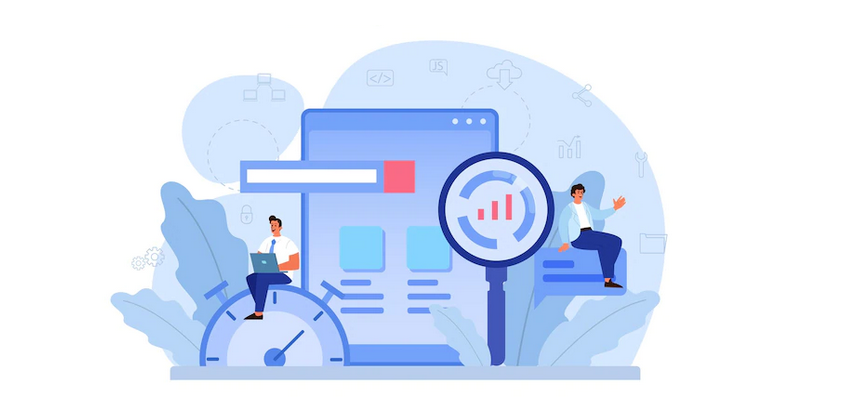
2D animation is a process of creating moving images using hand-drawn or computer-generated illustrations. The animation pipeline is the series of steps that animators take to create a final animation. these are typically described as:
– Pre-production phase
– Production phase
– Post Production
In this section, we will take a detailed look at the 2D animation pipeline and provide a complete guide for anyone looking to understand the process.
Starting with:
Pre Production Stage:
Storyboard
The 2D animation pipeline typically begins with the creation of a storyboard. A storyboard is a visual representation of the animation’s script that includes illustrations of each shot and notes on camera angles, character movements, and dialogue. This is a crucial step in the animation pipeline as it allows animators to plan out the animation and make sure the final product will meet the client’s vision.
Character Design
Once the storyboard is complete, the next step is character design. This is where animators create the characters that will be used in the animation. This includes designing the characters’ appearance, body language, and movements. This is a vital step as the characters are the main focus of the animation, and they must be designed in a way that is consistent with the storyboard and the overall style of the animation.
Background Design
After the character design, the next step is background design. This is where animators create the environment in which the characters will be placed. This includes designing the layout of the scenes, the colors, and the overall style. The background design is important as it sets the scene for the animation and helps to create the atmosphere and mood.
Production Stage:
Animation Phase
Once the character and background designs are complete, the next phase is animation. This is where the characters and backgrounds are brought to life by animating them. This is done by creating keyframes, which are the frames that define the main poses of the animation. The animator then uses these keyframes to create in-between frames, which are the frames that make the animation move smoothly.
Post Production Stage:
Compositing
After the animation is complete, the next step is compositing. This is where the animation is combined with sound and special effects to create the final product. This includes adding sound effects, music, and dialogue to the animation. Additionally, special effects such as lighting and shadows are added to enhance the animation.
Rendering
Finally, the animation is rendered, which is the process of creating the final video file. This is done by exporting the animation from the animation software and converting it into a format that can be played on various devices.
Summary
The 2D animation pipeline is a complex process that requires a great deal of skill and attention to detail. However, by following these steps, animators can create high-quality animations that meet the client’s vision and are visually stunning.
What Software Do You Use? – Animation Software For 2D
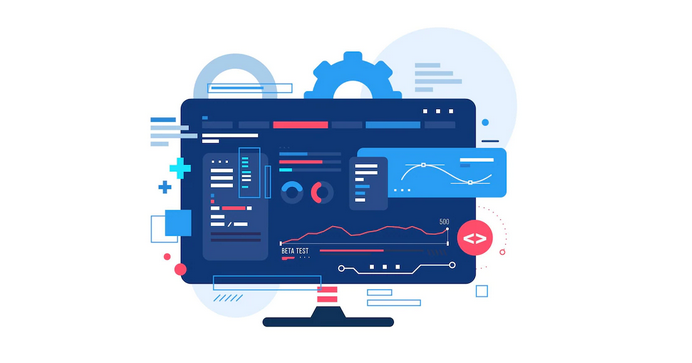
One important aspect of the pipeline is the software used. The most common software used in 2D animation is Adobe Flash, now known as Adobe Animate, and Toon Boom Harmony. Both software have a wide range of tools to help animators create smooth and professional animation.
Another important aspect to keep in mind is the collaboration with other departments. During the animation process, animators often work closely with other members of the production team, such as writers, voice actors, and composers.
This collaboration is essential to ensure that the final animation meets the client’s vision and is of the highest quality.
In addition to the traditional animation pipeline, many animators now use digital tools to create 2D animation. This includes using digital drawing tablets and animation software to create the animation. This can save time and money, as the animation can be created and edited more quickly and easily than traditional animation methods.
Conclusion: 2D Animation Pipeline – The Beginners Guide
In conclusion, the 2D animation pipeline is a complex and multi-faceted process that requires a great deal of skill and attention to detail.
By understanding each step of the pipeline, from storyboarding to rendering, animators can create high-quality animations that meet the client’s vision and are visually stunning.
Additionally, the use of digital tools and collaboration with other departments can save time and money while creating professional animations.
If you’re looking to take your 2D animation skills to the next level, there are plenty of resources available to help you improve. Whether you’re a beginner or an experienced animator, there are online tutorials, classes, and workshops available to help you learn the latest techniques and software.
For more information on the 2D animation pipeline, or to inquire about our animated video production services, please don’t hesitate to contact us our team of experts is always happy to help and answer any questions you may have.
Article by Nicole Delgado 2023 | CMO | Explainer Video Company | Animated Explainer Videos For Business
Further Articles

